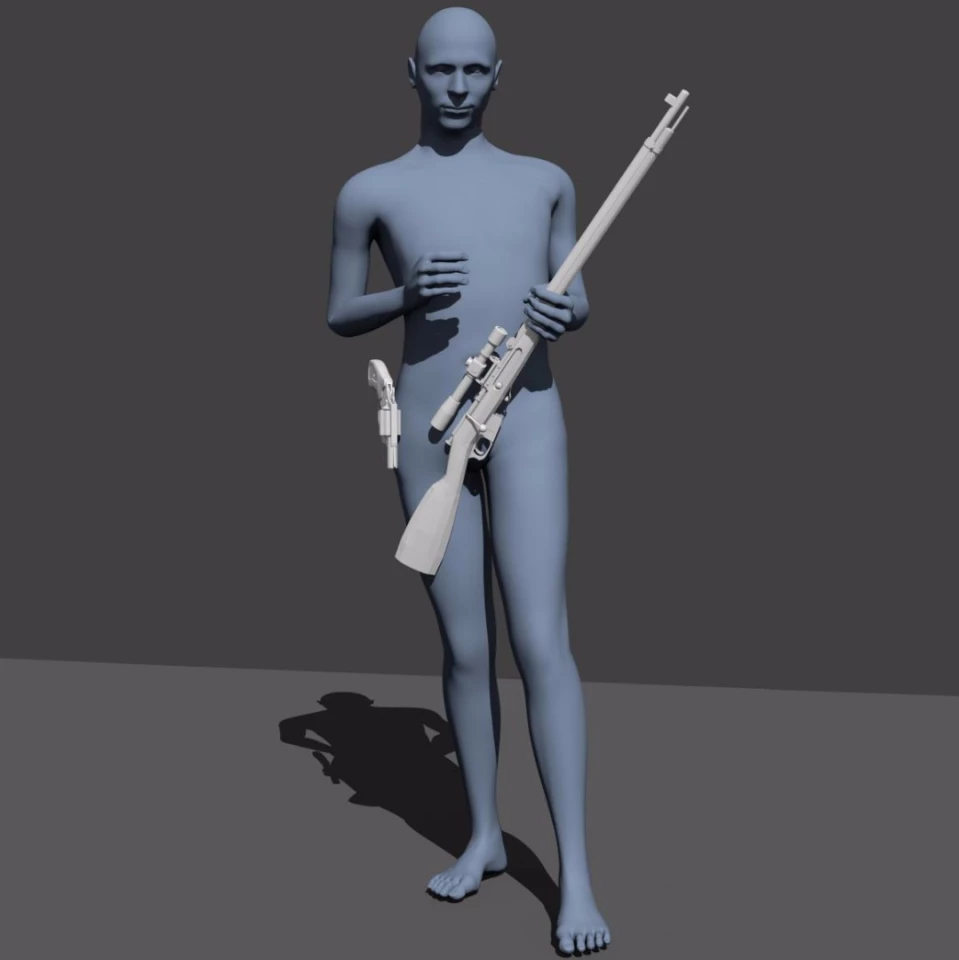A study conducted by Dartmouth College has delved further than ever before into the authenticity of the infamous backyard photograph of John F. Kennedy assassin, Lee Harvey Oswald. Specifically, the team analyzed Oswald's pose in the picture – something that's long been a point of controversy.
The photo in question was a significant piece of evidence against Oswald, who was fatally wounded by nightclub owner Jack Ruby before standing trial. The image shows the man holding the same type of rifle used in the assassination, but his unusual pose in the photograph – wherein he looks to be off balance – led to claims that the picture was fake. Questions were also raised over the lighting and shadows in the image, as well as the length of the rifle appearing wrong.
Hany Farid, senior author of the new Darthmouth study, has been working to determine the validity of these claims. His previous studies in 2009 and 2010 had addressed those lighting and shadow concerns, but there were still question marks over Oswald's pose in the infamous image.
The new study tackles the issue head on, with Farid working with Assistant Professor Emily Whiting – an architectural geometry and computer-aided design expert – to build a physiologically plausible three-dimensional model of Oswald. Posed so as to appear exactly the same as in the photo, the researchers applied appropriate mass to each part of the body, before performing a balance analysis on the resulting figure.

The results showed that while he might look a little overbalanced, Oswald's pose in the photo is indeed stable. Analysis of the 3-D model also supported previous research, showing the observed lighting, shadow and length of the rifle to be plausible.
Not only does the study help put to bed tampering claims regarding the photo, but the team believes that it demonstrates the potential of such analysis.
"Our analysis refutes purported evidence of manipulation in the Oswald photo, but more generally we believe that the type of detailed 3D modeling performed here can be a powerful forensic tool in reasoning about the physical plausibility of an image," says Farid. "With a simple adjustment to the height and weight, the 3-D human model that we created can be used to forensically analyze the pose, stability and shadows in any image of people."
The researchers published their findings in the Journal of Digital Forensics, Security and Law.
Source: Dartmouth College







